How to Identify 5 NYC Trees by Winter Terminal Buds
By Natural Areas Conservancy on January 29, 2025
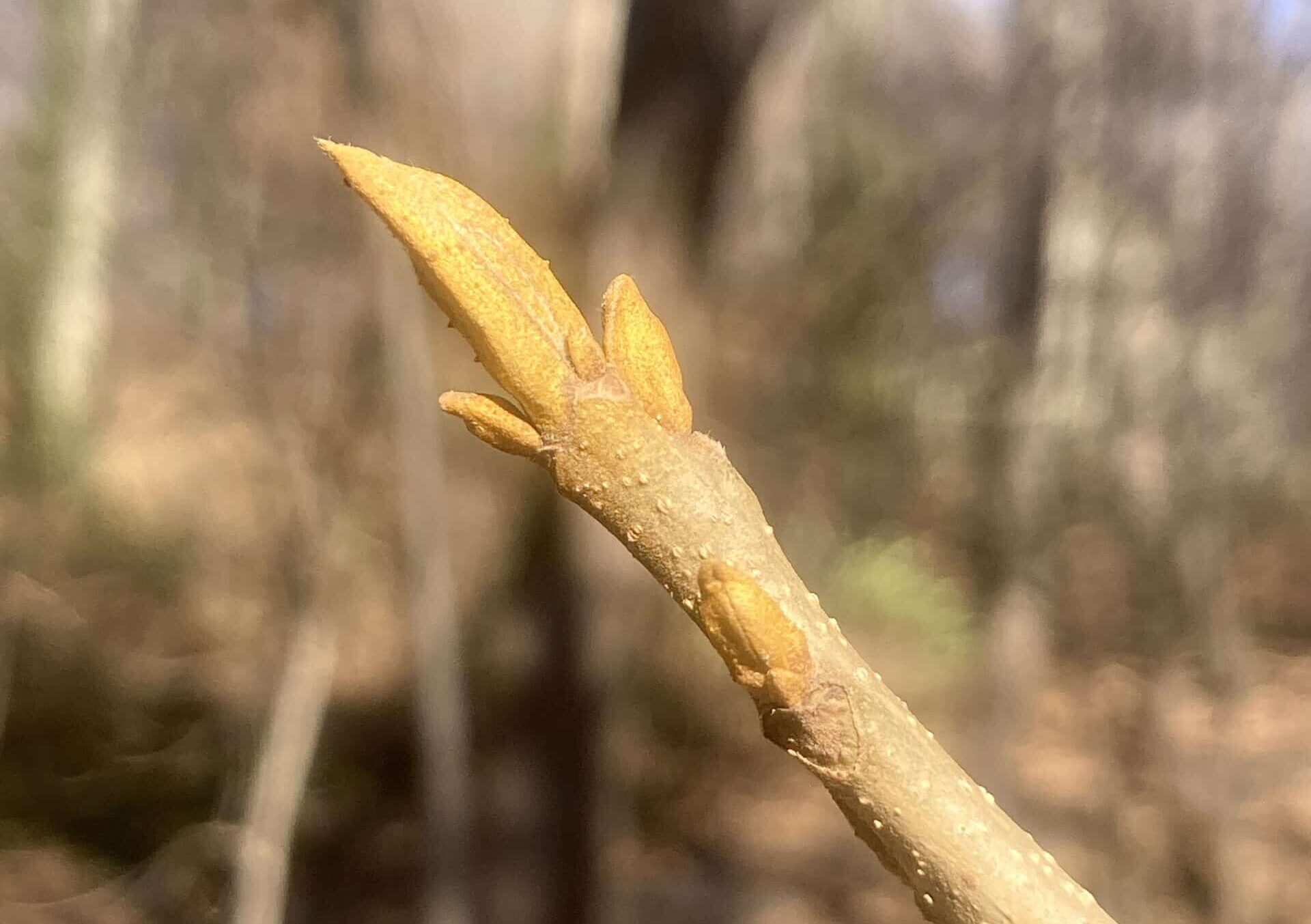
By Natural Areas Conservancy on January 29, 2025

 By Melissa Rosenthal, Trails Volunteer Coordinator
By Melissa Rosenthal, Trails Volunteer CoordinatorJust because winter is here and most trees have shed their leaves, doesn’t mean you can’t still identify our local trees! There are lots of clues that can help you figure out which species you are observing. One can examine the bark of said tree or, as we will explore below, one can take a closer look at a tree’s winter terminal bud.
A terminal bud, also known as an apical bud, is the bud located at the end of a shoot (think of the tip of a branch). These buds are often covered in scales, which protect the developing shoot and meristematic region. This area is responsible for primary growth, which results in increases in height and length of the tree!
Earlier this month, I visited Inwood Hill Park to explore the trees in our urban natural areas and take a closer look at their winter terminal buds. Check out our Talking Tree Buds video series to see these terminal buds up close. Read on below where I go into more detail on the distinctive features of each winter bud!
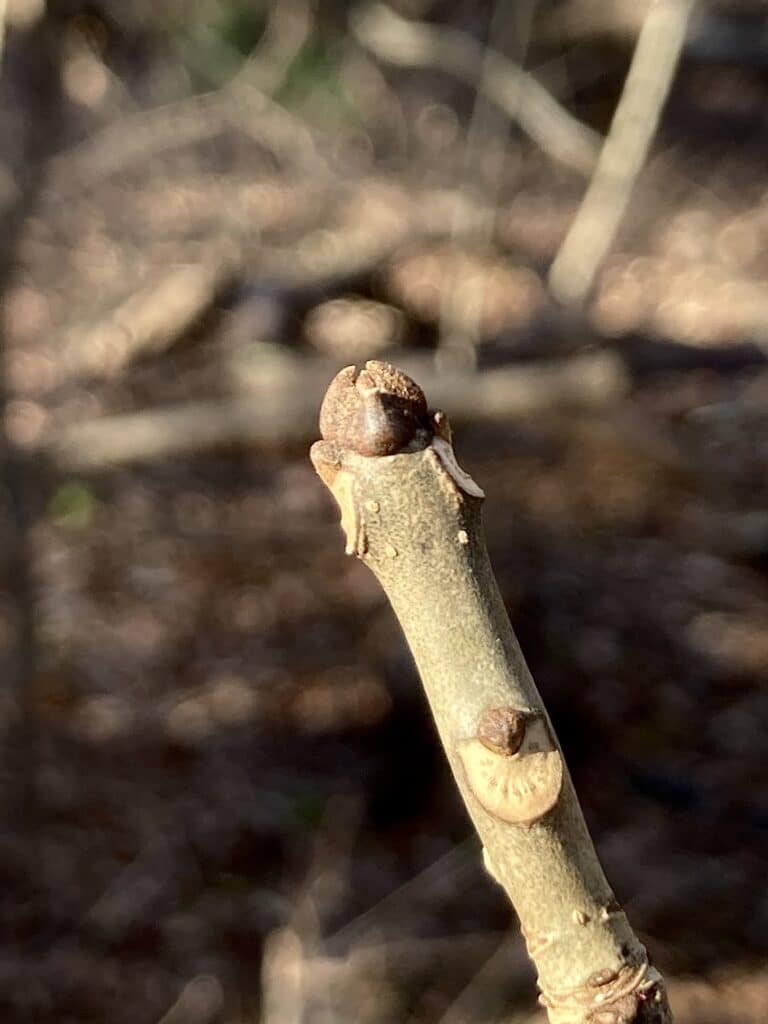
Fraxinus americana
Fun fact: White ash is often used for furniture and flooring, and is especially favored for producing baseball bats and tool handles due to its tough, elastic, light wood.
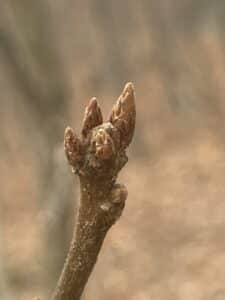
Quercus rubra
Fun Fact: The northern red oak is one of the most common and widespread trees in the northeast and they can live up to 400 years old!
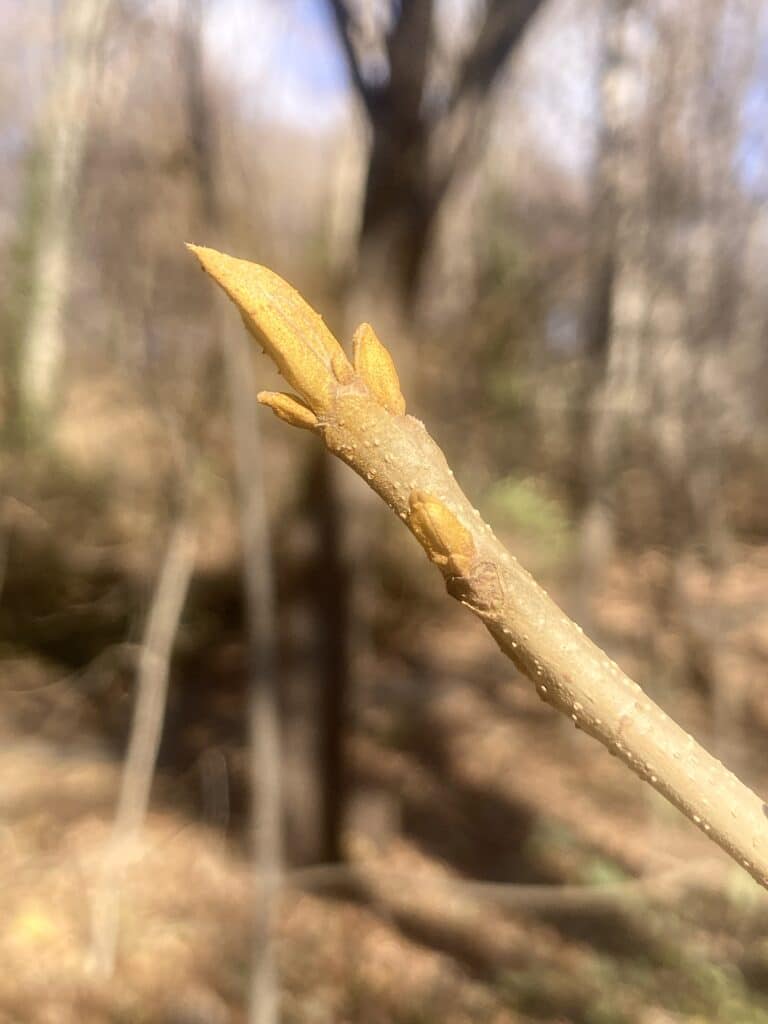
Carya cordiformis
Fun Fact: Bitternut hickory is named after its nut, which is extremely acrid and bitter. As such, few animals eat the nut. However, it is possible to extract an edible oil from the nut that is reported to have a pleasant, mild flavor.
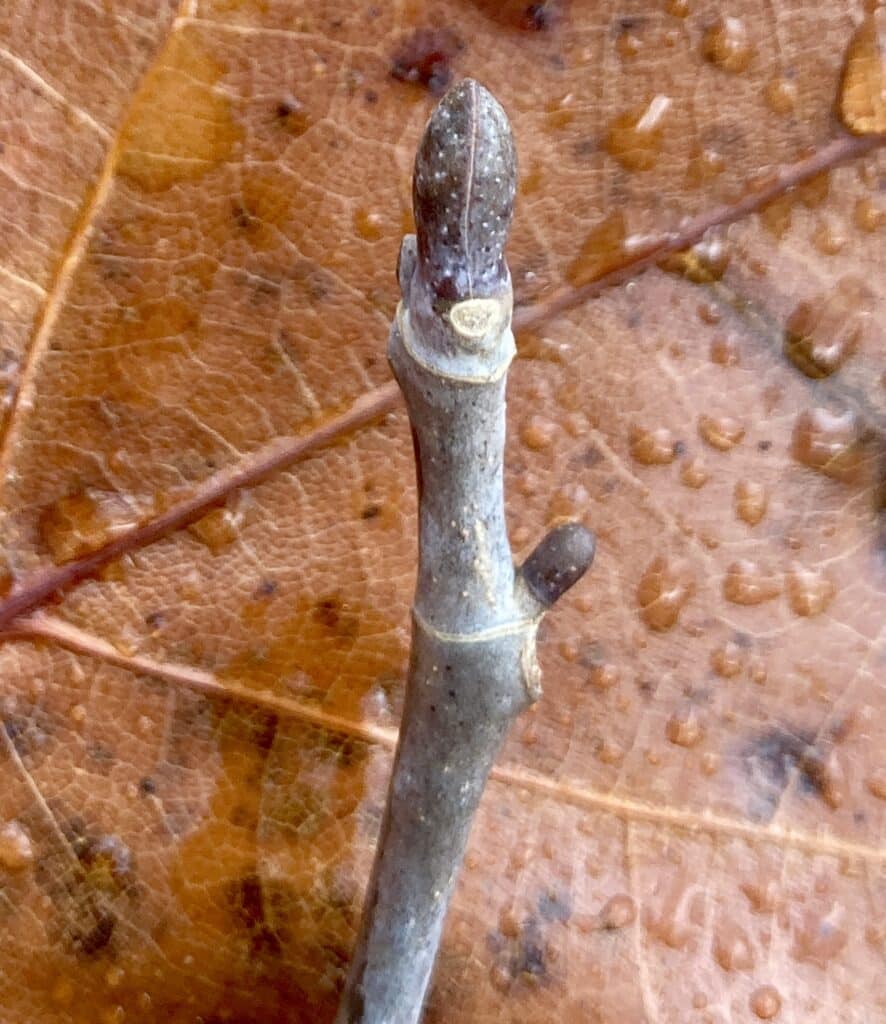
Liriodendron tulipifera
Fun Fact: The tuliptree is the tallest tree of the temperate broad-leaf forest and can grow to up to 200 ft tall! NYC’s tallest tree is the Alley Pond Giant, which was measured at 133.8 ft tall in the year 2000.
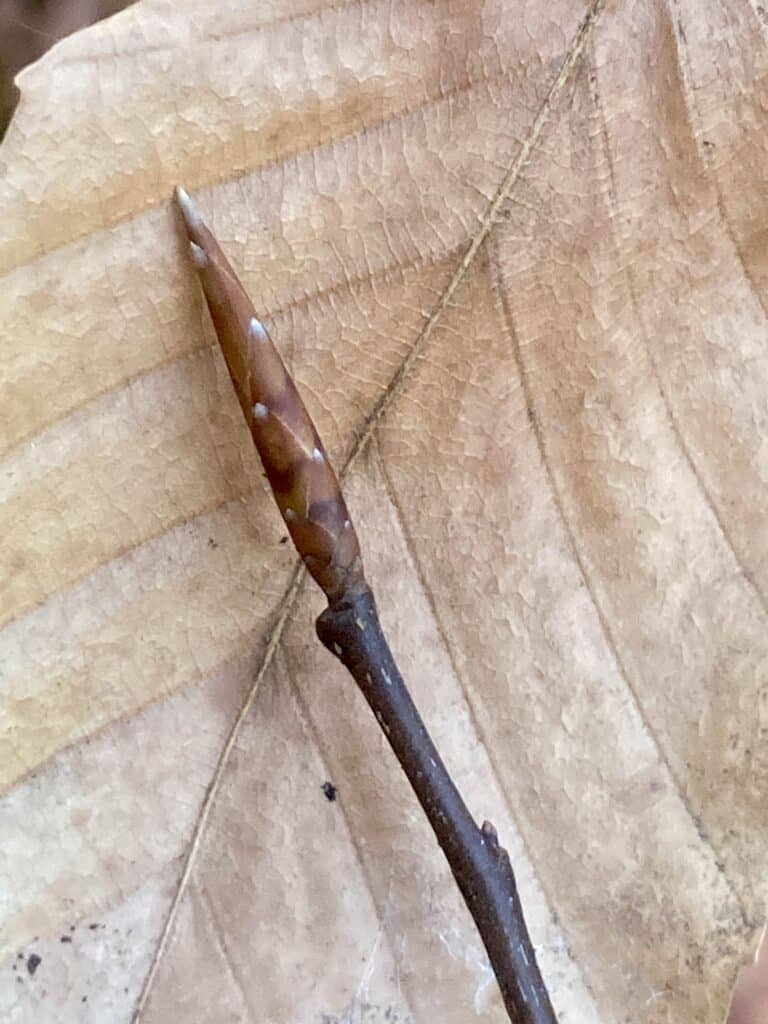
Fagus grandifolia
Fun Fact: Beech nuts are a valuable food source for many animals, including a variety of birds, squirrels, deer, rabbits, foxes, raccoons and more! The nuts are edible to humans as well and can be eaten raw or cooked. The leaves are also edible when cooked and even the inner bark can be dried and ground into bread flour (though this was used more as an emergency food by early settlers).
Interested in seeing some of these buds up close? Join us for an event or walking tour in a natural area near you.